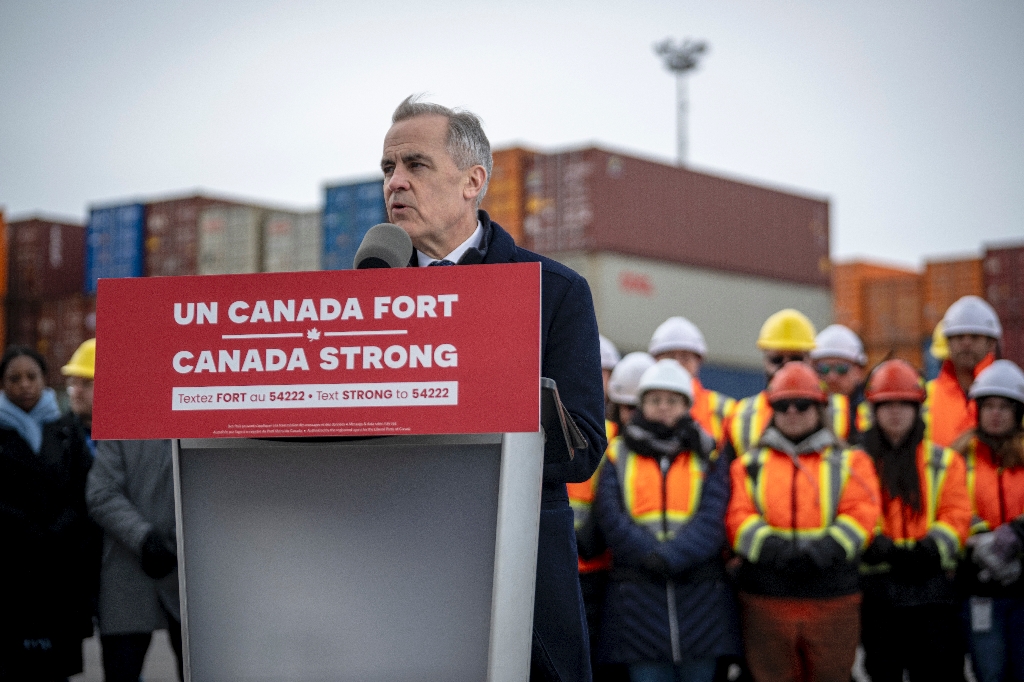Washington (AFP) – US consumer inflation unexpectedly accelerated last month, data showed Wednesday, in a moment of potential political peril for President Donald Trump, who quickly blamed the uptick on his predecessor Joe Biden. The consumer price index (CPI) edged up to 3.0 percent in January from a year ago, the Labor Department said in a statement — slightly above economists’ estimates.
“Overall, this is not a great read,” EY chief economist Gregory Daco told AFP. Speaking in Congress on Wednesday, Federal Reserve chair Jerome Powell said the CPI data reinforced the US central bank’s recent cautious approach on interest rate cuts. “We’re close but not there on inflation,” he said. “And you did see today’s inflation print which says the same thing.”
The cost of eggs surged more than 15 percent last month as farmers contended with avian flu, marking the largest increase in the index since June 2015. Gasoline prices also jumped last month, along with several other politically potent price points. Any sustained uptick in inflation could cause a political headache for Trump, who campaigned on a pledge to tackle inflation and the cost of living.
“BIDEN INFLATION UP!” Trump wrote in a post on his Truth Social account shortly after the data was published, seeking to blame his Democratic predecessor for the CPI increase. The January CPI data is an estimate of the price level for the whole month, including the 12 days Trump was in office. “President Trump campaigned on lowering costs for working families but today’s inflation data highlights how he is failing to deliver on that promise,” Democratic Senator Elizabeth Warren said in a statement.
Trump on Wednesday also called for interest rates to be lowered, adding they would “go hand in hand” with his plans to impose tariffs on major US trading partners — despite many economists arguing that both measures could boost inflation. “Any administration is always going to be looking for lower interest rates, as they tend to be growth stimulative,” Daco told AFP. “The paradox is that the policies that are being promoted by the administration tend to have an inflationary lean, and therefore would favor the Fed maintaining a higher-for-longer stance, which goes very much in the opposite direction of this desire for lower rates,” he added.
On Wednesday, a White House official confirmed to AFP that Trump’s planned 25 percent tariffs on all steel and aluminum imports would be imposed on top of 25 percent tariffs the US president has threatened to impose on Canada and Mexico. If those sweeping 25 percent tariffs are imposed in early March, as Trump has threatened, the levies on Canadian and Mexican steel and aluminum could hit 50 percent, the official said, speaking on condition of anonymity. That could sharply raise the cost of materials that are crucial to US construction and manufacturing.
The January inflation data will likely fuel calls for the Federal Reserve — the independent US central bank — to hold its key lending rate at between 4.25 and 4.50 percent as it waits for prices to ease. The Fed has a long-term inflation target of two percent, measured against a different inflation gauge, and aims to hit it primarily by raising and lowering short-term lending rates. These actions influence the cost of borrowing for consumers and businesses alike.
“The Fed will remain on the sidelines as it assesses the evolving economic, inflation, and policy landscape,” Nationwide chief economist Kathy Bostjancic said in a note to clients. Another worrying data point for the Fed in the data published Wednesday was the acceleration in inflation excluding volatile food and energy costs, which rose by 3.3 percent from a year earlier. On a monthly basis, inflation rose 0.5 percent in January, and by 0.4 percent excluding food and energy.
© 2024 AFP




